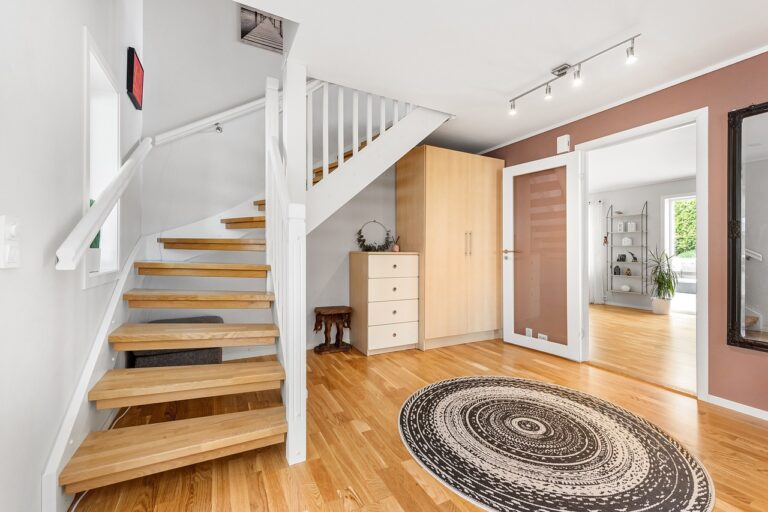Incorporating Sustainable Materials into Your Home’s Architecture
Sustainable materials play a crucial role in home construction, providing eco-friendly options for building structures. One commonly used sustainable material is reclaimed wood, which involves repurposing wood from old buildings or furniture to give it new life in construction projects. Reclaimed wood adds character and history to a home while reducing the demand for new timber.
Another sustainable material gaining popularity is bamboo, known for its rapid growth and renewability. Bamboo is a versatile material that can be used for flooring, furniture, and even structural elements in a home. Its strength and durability make it a sustainable alternative to traditional hardwoods, making it a popular choice among eco-conscious homeowners.
Benefits of Using Sustainable Materials in Architecture
Sustainable materials offer numerous advantages in architecture, including environmental benefits, cost-effectiveness, and improved indoor air quality. By incorporating materials such as recycled wood, bamboo, and reclaimed metal into construction projects, architects can significantly reduce the carbon footprint of buildings and contribute to a healthier planet. Additionally, sustainable materials are often durable and long-lasting, minimizing the need for frequent repairs and replacements.
Furthermore, using sustainable materials in architecture can lead to energy efficiency and reduced utility costs over time. Materials like straw bales, cellulose insulation, and solar panels aid in creating well-insulated and energy-efficient buildings that consume less electricity and promote a greener lifestyle. Architects and homeowners alike can enjoy the long-term financial savings and comfort that come with utilizing sustainable materials in construction projects.
Considerations When Choosing Sustainable Materials for Your Home
Sustainable materials offer a range of benefits for home construction, from reducing environmental impact to improving indoor air quality. When choosing sustainable materials for your home, it is crucial to consider the sourcing and production processes involved. Ensure that the materials you select are responsibly sourced and manufactured in an environmentally friendly manner.
Another important consideration is the durability and lifespan of the sustainable materials. Opt for materials that are long-lasting and require minimal maintenance to reduce the need for frequent replacements. Additionally, consider the energy efficiency of the materials and how they can contribute to the overall performance of your home in terms of heating, cooling, and insulation.
• Consider the sourcing and production processes of sustainable materials
• Choose materials that are responsibly sourced and manufactured in an environmentally friendly manner
• Look for materials that are durable and have a long lifespan
• Opt for materials that require minimal maintenance to reduce the need for frequent replacements
• Consider the energy efficiency of the materials and how they can contribute to heating, cooling, and insulation in your home
What are some popular types of sustainable materials for home construction?
Some popular types of sustainable materials for home construction include bamboo, reclaimed wood, cork, recycled glass, and recycled metal.
What are the benefits of using sustainable materials in architecture?
Using sustainable materials in architecture can reduce the environmental impact of construction, improve indoor air quality, enhance energy efficiency, and promote a healthier living environment.
What are some considerations to keep in mind when choosing sustainable materials for your home?
Some considerations to keep in mind when choosing sustainable materials for your home include the material’s durability, energy efficiency, cost, availability, maintenance requirements, and compatibility with your home’s design and style.







